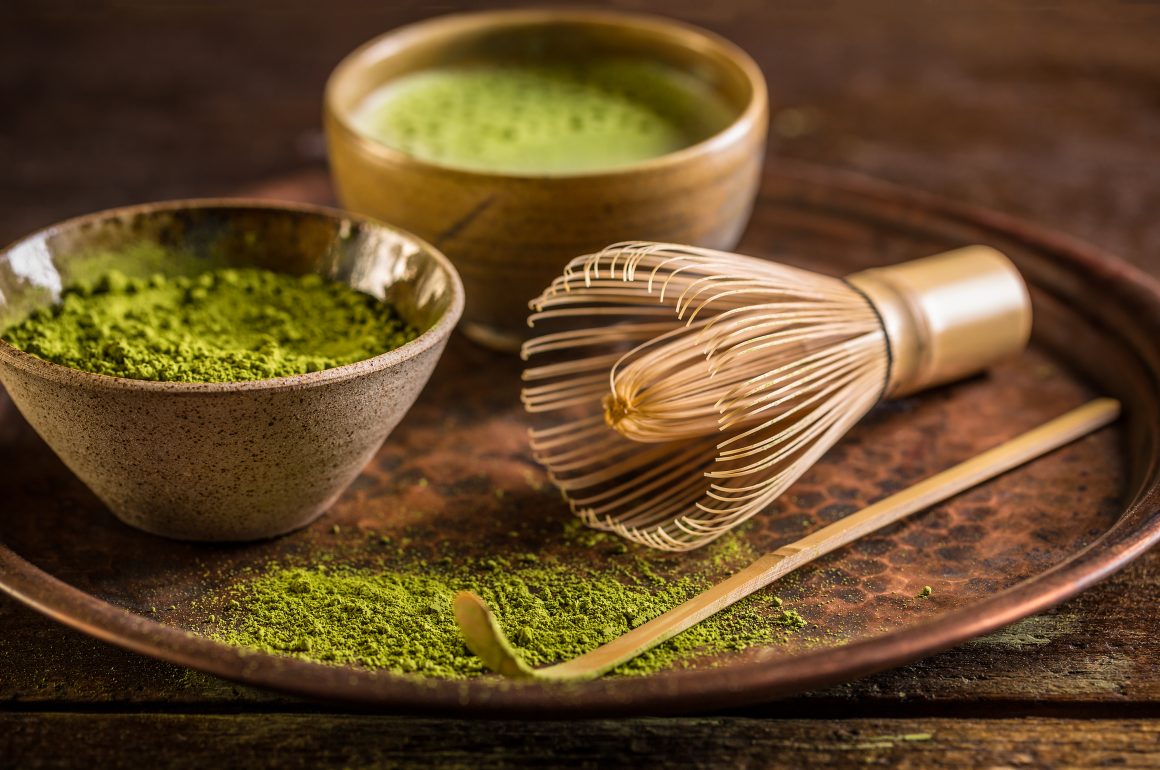
Both green tea and matcha come from the same tea plant, but unlike regular green tea, the matcha leaf is shielded from the sun in the final month of growth. This shade is boosting the production of chlorophyll and theanine, which is known for its special ability to relax and calm your nervous system. The region best known for its matcha is Uji, located south of Kyoto in Japan. Most tea leaves, for example loose leaf and those confined in regular tea bags in different varieties are steeped in water to extract their flavor. Matcha on the other side is a suspension tea that needs to be whisked or shaken with hot water instead of being steeped. I highly recommend using only matcha from Japan – everything else is not authentic and tastes bitter and astringent, smelling like hay. The high quality of real matcha makes the difference, it should be smooth and balanced.
I started drinking matcha about half a year ago after I went to one of New York’s famous matcha bars called Chalait and honestly I enjoyed it from the beginning. After incorporating a matcha a day at home or on the go, I purchased a book called “Matcha by Jessica Flint and Anna Kavaliunas” which looks super cute on a coffee table but it also provides you a ton of information with delicious recipes. After reading – yes, you can enjoy a whole book about matcha – I decided to invest in one traditional matcha ceremonial set. One of my favorite things to to after waking up is enjoying my homemade matcha in a calm environment before another busy day in New York City starts for me.
I’ve linked down below the book I mentioned above, a good matcha tea ceremonial set and pure matcha tea from Japan.


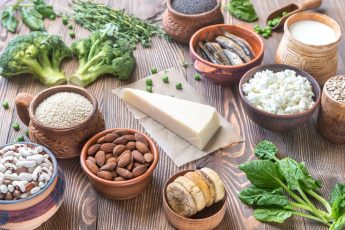
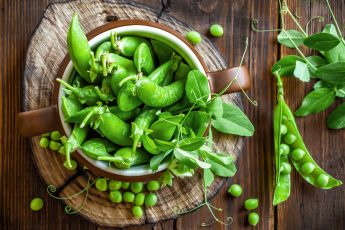
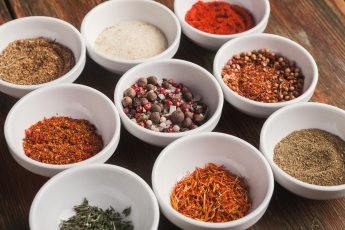
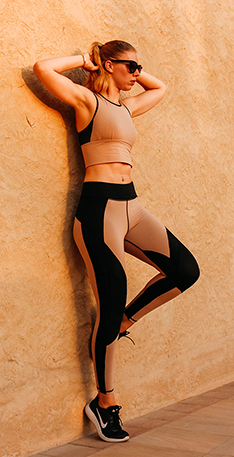
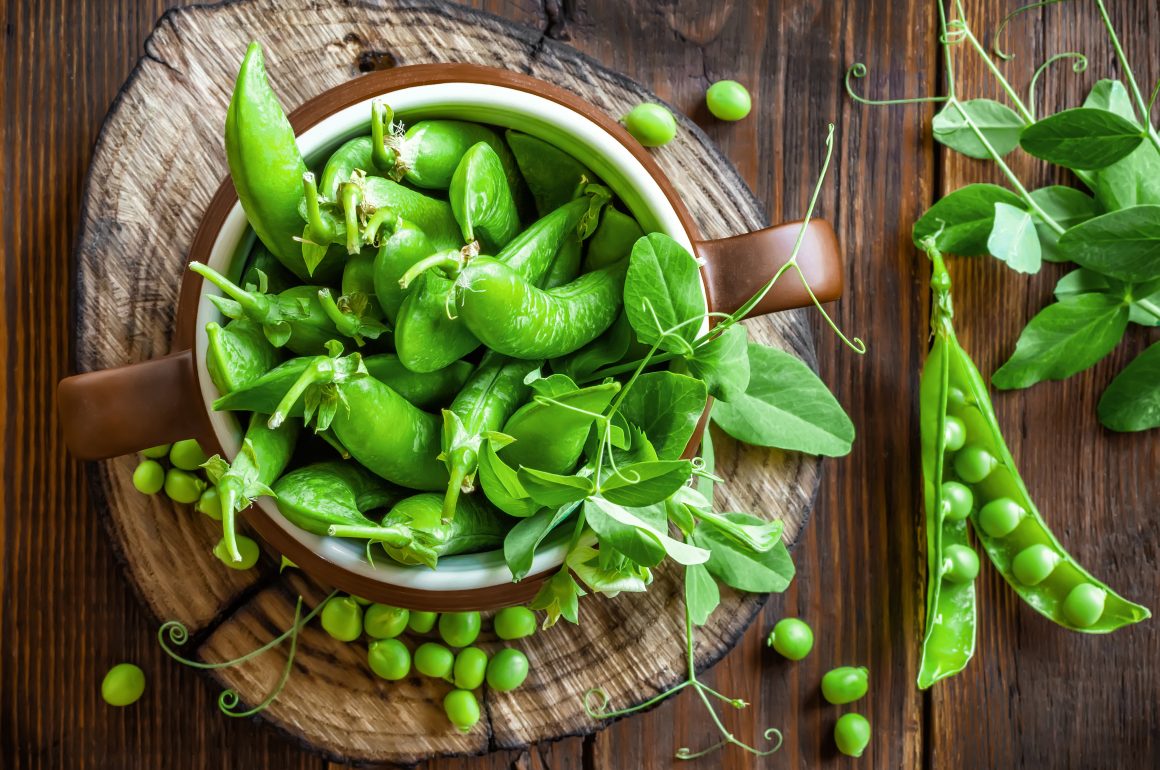
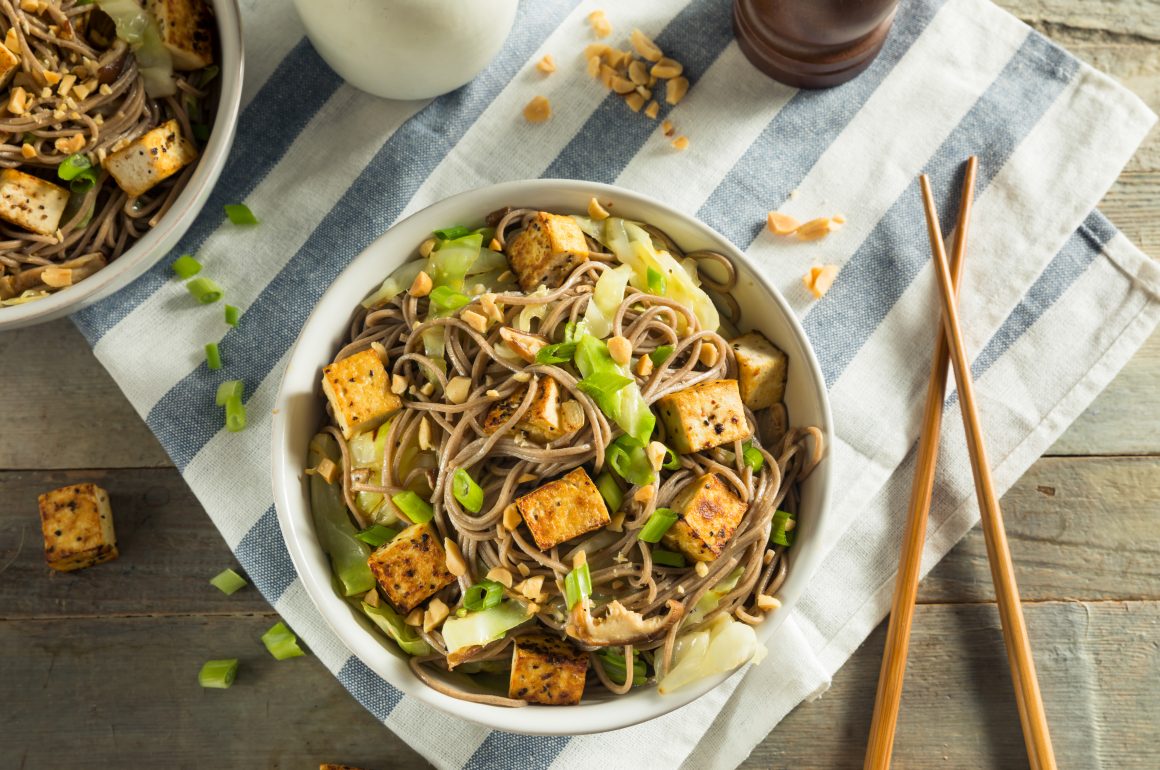
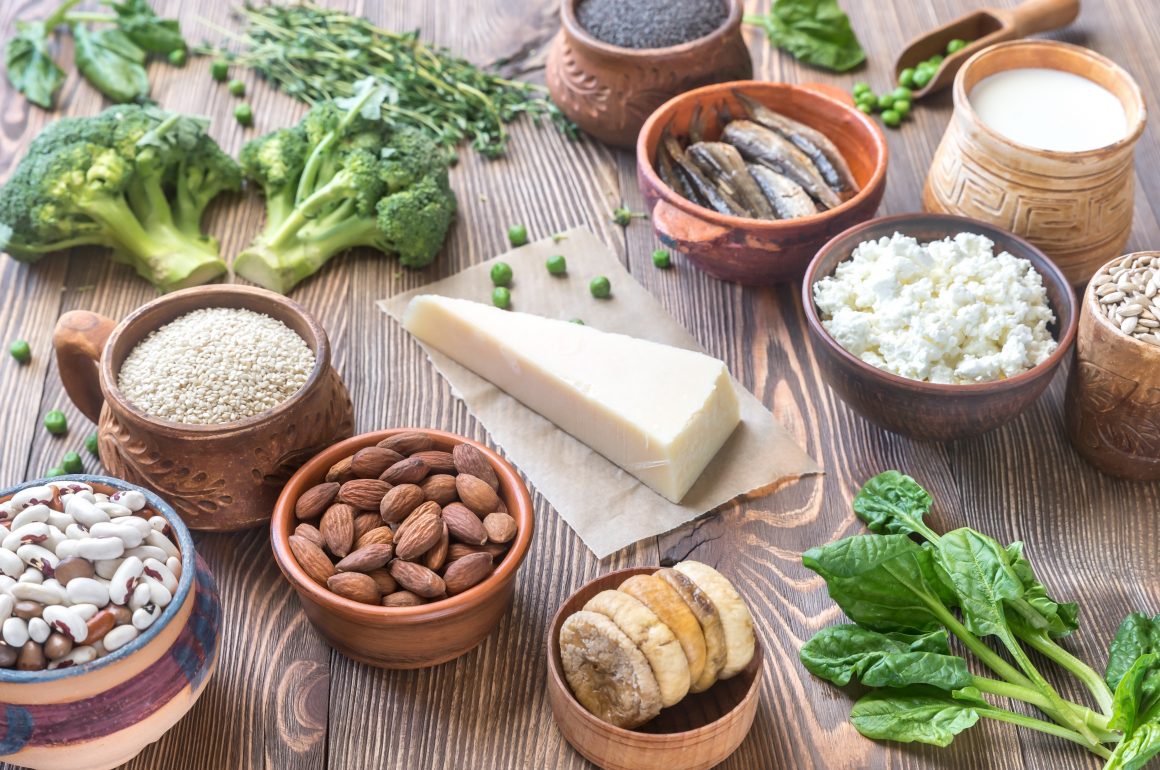
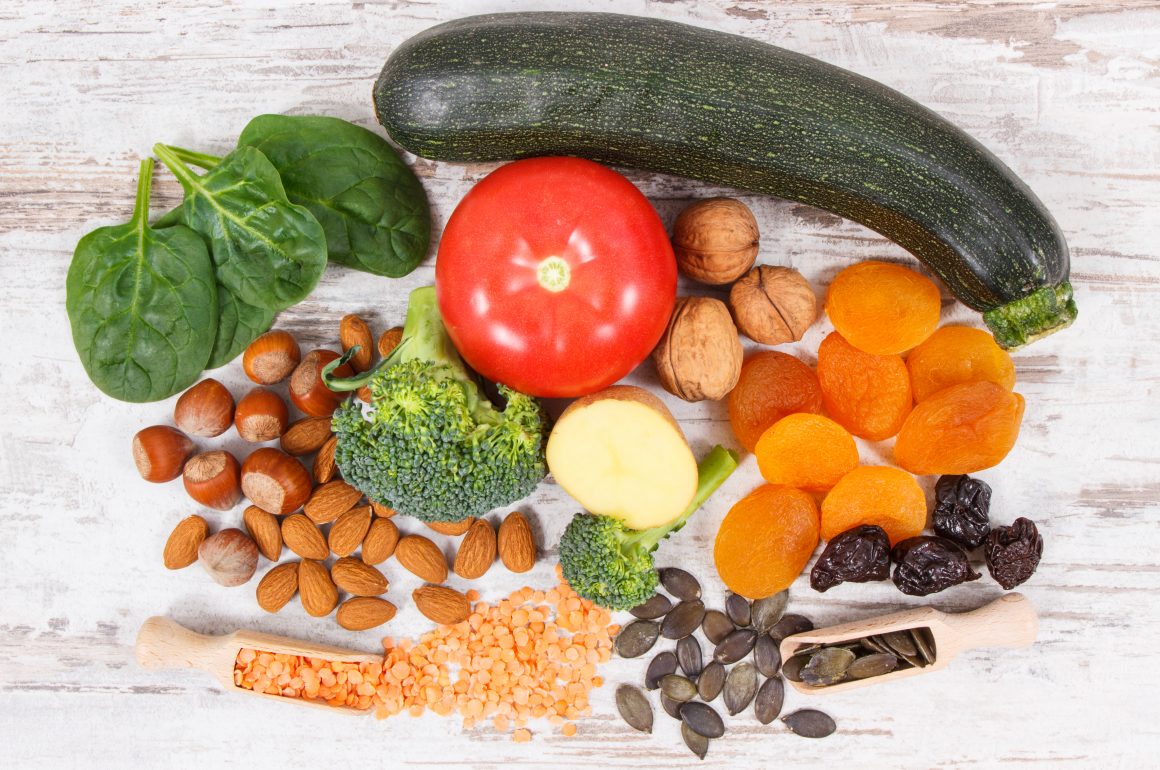
Leave a Comment